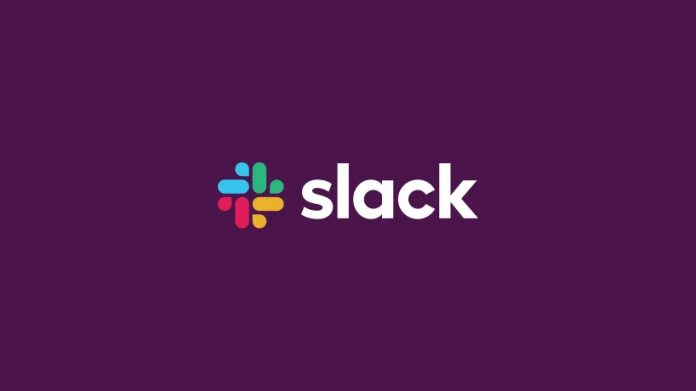Just earlier this month, Butterfield suggested Microsoft Teams and Slack are not direct competitors. He argued voice and video aspects are a focus of Teams, meaning it competes more with Zoom. Slack is more focused on collaboration and messaging. That’s why Butterfield is perplexed by Microsoft positioning Slack as a competitor. In an interview with The Verge, the executive said Microsoft has an obsession with Slack: “Microsoft is perhaps unhealthily preoccupied with killing us, and Teams is the vehicle to do that.” According to Butterfield, Microsoft is looking for cheap kudos when positioning Teams against Slack. Instead, he says Teams is clearly a video and voice service first and foremost. “Microsoft benefits from the narrative that Teams is very competitive with Slack. Even though the reality is it’s principally a voice and video calling service.” He pointed to a press release Microsoft sent out last year talking about Teams’ success. Butterfield points out Microsoft talked about Slack’s daily active users in comparison to teams. He says this is almost unheard of in the industry: “No software company has ever done that,” he says. “Like, maybe at the height, Oracle would do something like that … But literally, no one else would ever do that. Microsoft has never done that before.”
Is Butterfield Correct?
Inspecting the situation between Microsoft Teams and Slack closely, I think it’s not unfair to say Butterfield is incorrect about some aspects of Teams. Microsoft has always positioned the service as a workplace collaboration tool. The integration of Skype for Business into Teams means part of that focus is one video and voice. However, Teams also offers collaboration tools on par with Slack. In other words, it is a Slack competitor and also way ahead in voice and video. In fact, the ability to tap into Office 365 and all its services makes Teams far more viable as a collaboration tool than a communication platform. Remember, Slack also offers communication tools but like Teams it is not the focus. Microsoft has put more emphasis on video and chat, but Teams is not meant to be a competitor to Zoom, at least not yet. Zoom’s userbase increased from 10 million to over 300 million in the space of the last three months as it benefitted most from the COVID-19 online communication boom. Interestingly, when Microsoft Teams was announced, Slack took out an ad in the New York Times welcoming Microsoft to the collaboration battlefield. Not only was that some spectacular free advertising for Teams (a full page in the NYT), it also saw Slack position Teams as a direct rival.




